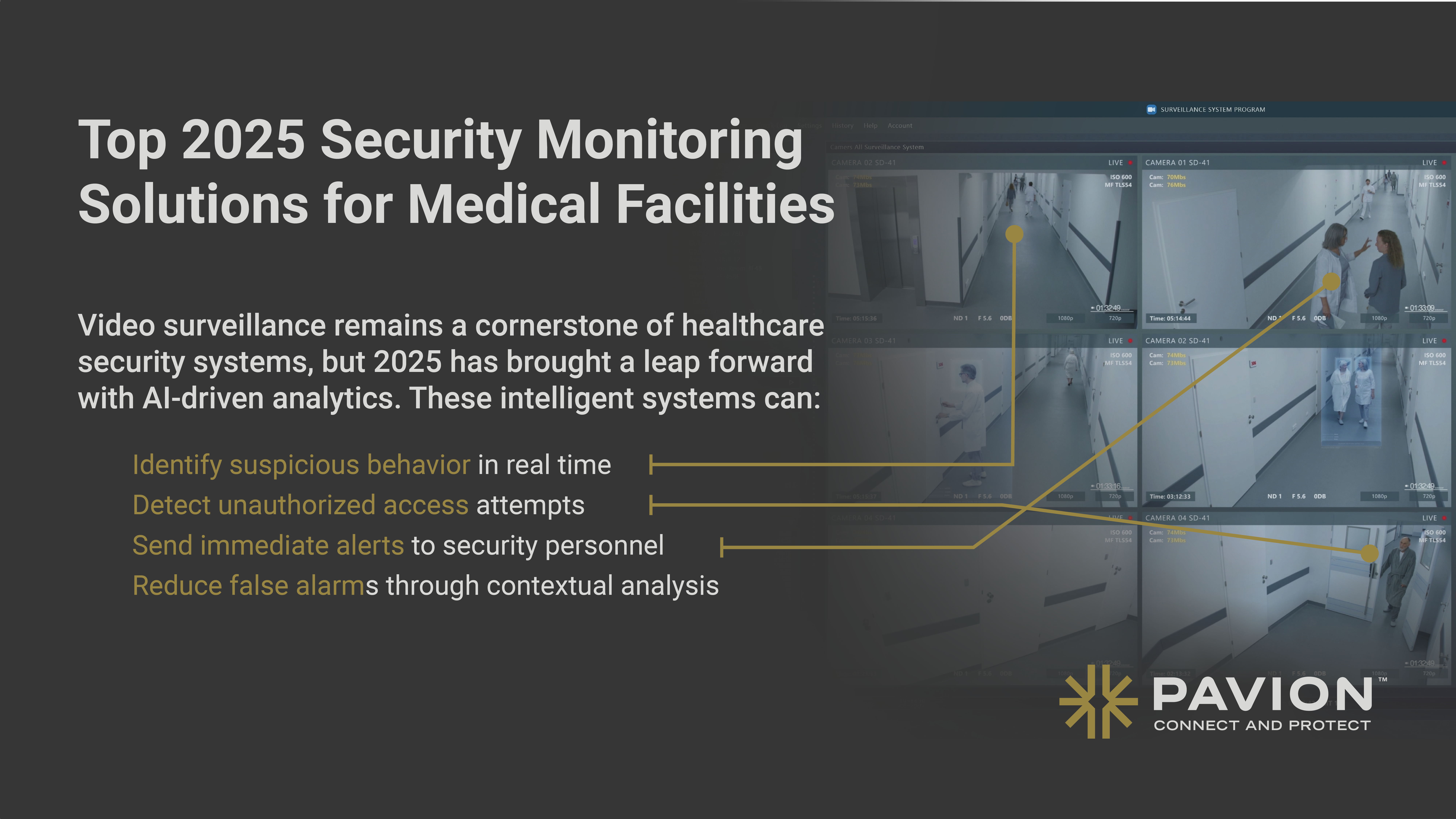
The Hidden Dangers of Distracted Driving: A Silent Epidemic
Distracted driving is a growing epidemic on our roads, contributing to a significant portion of motor vehicle accidents each year. It occurs whenever you divert your attention away from the primary task of driving, whether by taking your eyes off the road, your hands off the wheel, or your mind off the task at hand. This dangerous behavior increases the risk of crashes, injuries, and fatalities. Understanding the types of distractions and their impacts is crucial in combating this issue.
Types of Distractions
Distractions can be categorized into three main types: visual, manual, and cognitive. Each type poses its own risks, but many activities combine all three, significantly heightening the danger.
- Visual Distractions: These involve taking your eyes off the road.
- Reading a text message: Even a few seconds of looking away can be fatal.
- Looking up directions: GPS systems should be set before starting the journey.
- “Rubbernecking” at a crash scene: Curiosity can lead to more accidents.
- Manual Distractions: These involve taking your hands off the wheel.
- Reaching for items: Stretching to grab something can cause you to lose control.
- Using a handheld device: Texting or dialing a number is extremely dangerous.
- Adjusting the radio: Fiddling with controls diverts your attention.
- Eating or drinking: These activities split your focus and control.
- Applying makeup or shaving: Grooming should be done at home, not on the road.
- Cognitive Distractions: These involve taking your mind off driving.
- Talking on the phone: Engaging in a conversation, even hands-free, reduces focus.
- Arguing with a passenger: Emotional exchanges can distract you from driving.
- Thinking about your next appointment: Preoccupations with other tasks reduce attention.
The Myths of Hands-Free Devices
Many believe that using hands-free devices while driving is a safe alternative. However, research indicates that hands-free phone use is just as distracting as using a handheld phone. Your brain’s capacity to process information is limited, and engaging in a phone conversation diverts attention away from the road. This cognitive distraction can result in “inattention blindness,” where you see but fail to register up to 50% of your driving environment, including critical cues like stop signs, pedestrians, and other vehicles.
The Alarming Statistics
The statistics on distracted driving underscore the severity of the problem:
- In 2020, 13% of all motor vehicle traffic crashes in the United States involved distraction.
- Distracted driving resulted in 3,142 fatalities in the same year.
- Among the victims, 587 were non-occupants such as pedestrians and cyclists.
- At any given moment in 2020, an estimated 2.8% of drivers were visibly using a handheld device.
- Distraction is present during 52% of normal driving activities, with common distractions including interactions with passengers (15%), cell phone use (6%), and adjusting vehicle systems like climate control and the radio (4%).
The Workplace Connection
For workers who spend significant time on the road, the risks are even higher. These individuals are often under pressure to meet deadlines, think about work-related tasks, or communicate with colleagues, all of which can lead to increased distractions. A study showed that employees driving for work purposes are more likely to be in a hurry, tired, or using a cell phone, which compounds the danger.
Combating Distracted Driving
Addressing the issue of distracted driving requires a multifaceted approach:
- Education: Raising awareness about the dangers of distracted driving through public campaigns and driver education programs.
- Legislation: Implementing and enforcing stricter laws against the use of handheld devices while driving.
- Technology: Promoting the use of advanced driver-assistance systems (ADAS) that can alert drivers to potential dangers.
- Employer Policies: Encouraging companies to adopt policies that minimize the need for employees to use their phones while driving.
Distracted driving is a preventable cause of many accidents, injuries, and fatalities on our roads. By understanding the types of distractions and their impacts, and by taking proactive steps to minimize these distractions, we can make our roads safer for everyone. Remember, no call, text, or task is worth risking your life or the lives of others. Stay focused, stay safe, and make a commitment to distraction-free driving.


